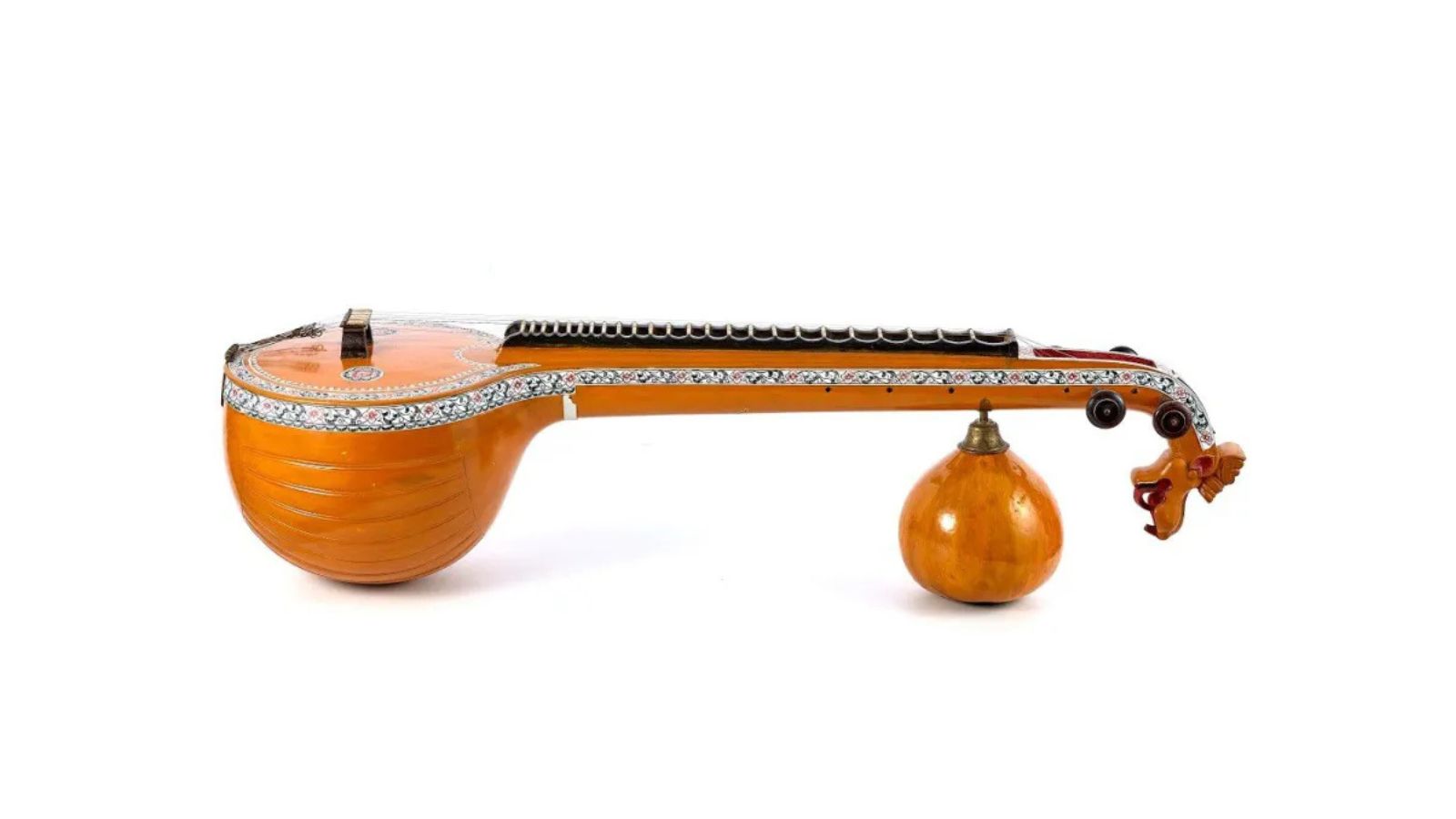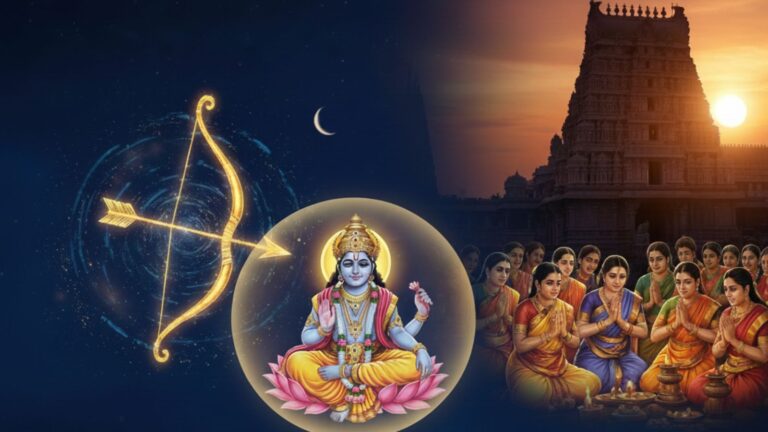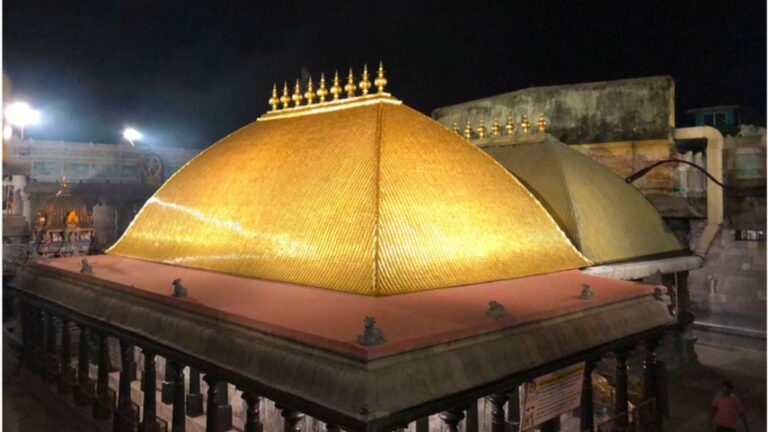The Bobbili Veena is a musical instrument from Andhra Pradesh, prized for its rich tonal depth and craftsmanship. Its origins trace to the 17th century in the town of Bobbili, where the royal family, particularly under Pedda Rayudu, nurtured Carnatic music and veena-making, making the town synonymous with the instrument.
What distinguishes the Bobbili Veena is its ekandi (single-piece) construction, crafted entirely from a single log of jackfruit wood, valued for its lightness, durability, and superb acoustic properties. The resonator (kudam), neck (dandi), and decorative scroll (yaali) are carved together, unlike many modern veenas assembled from separate parts. However, due to the scarcity of suitable jackfruit wood, some contemporary instruments now include joints or use alternative materials for inlays and fittings.
The making of a traditional Bobbili Veena is a meticulous process: the wood is seasoned for several years before carving begins, but the actual crafting typically takes 20–25 days. Artisans from the Sarwasiddi community continue to practice these hereditary techniques, relying heavily on manual skill with minimal mechanization. The strings are mainly brass and steel, and frets, attached with beeswax and charcoal powder, allow for the microtonal adjustments vital to Carnatic performance. The signature designs of the Bobbili Veena include motifs of the lion (yaali), lotus (kamalam), and peacock (nemali).
Historically, these veenas were gifted to eminent musicians and dignitaries, including international figures such as Bill Clinton. While demand for full-size instruments has diminished, with miniature Bobbili Veenas now produced mainly as keepsakes, the traditional instrument remains a gold standard for tone and artistry. Women of the Bobbili royal household were also associated with veena performance, deepening its cultural roots.
In 2012, the Bobbili Veena received Geographical Indication (GI) status, formally recognizing its unique This not only protects its identity but also acknowledges the unique heritage of the community that sustains it. Today, though the number of traditional veena makers is on decline, efforts are underway to revive interest through government support and cultural institutions.



